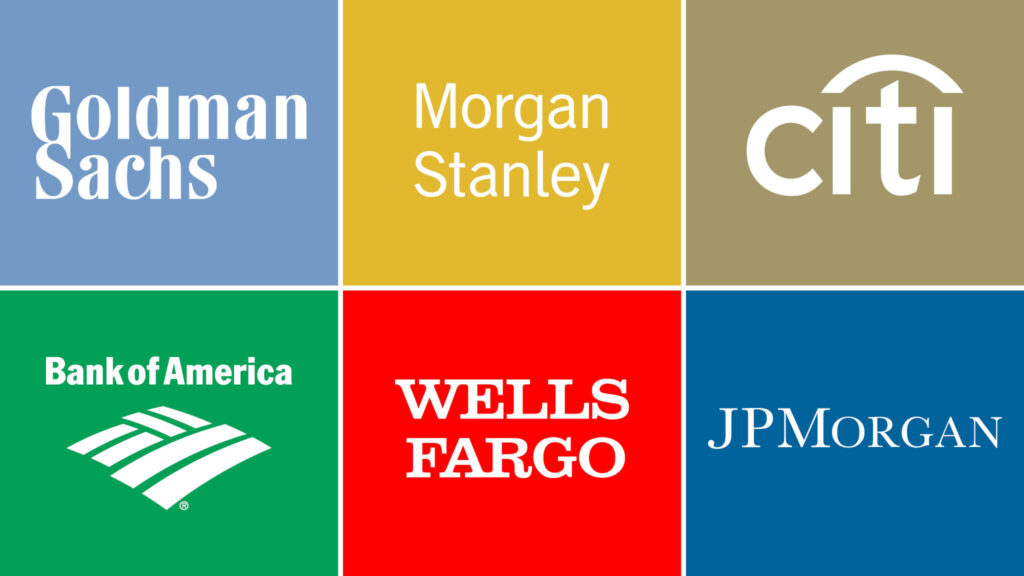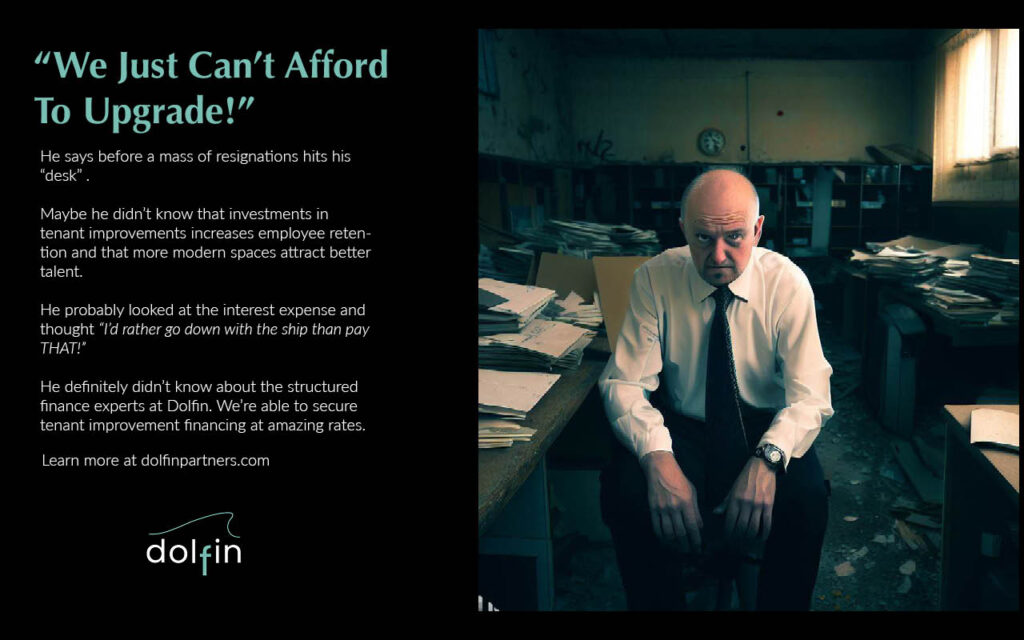Navigating the Choppy Waters of Commercial Real Estate Debt: What’s the Real Deal?
April 12, 2023

Hey there, fellow real estate enthusiasts! Today, we’re diving deep into Commercial Real Estate (CRE) debt and the US banking landscape. With so many changes happening around us, staying informed and ahead of the game is essential. So, buckle up, and let’s explore what’s happening in the CRE market! US Banking Landscape
US Banking Landscape:
First, let’s set the stage by understanding the US banking landscape. Did you know there are 9,697 domestically-chartered banks, savings associations, and federally insured credit unions in the US? Among these financial institutions, FDIC-insured banks alone hold a whopping $23 trillion in assets. The big four – JP Morgan, BofA, Citibank, and Wells Fargo – control 40% of those assets. Crazy, right?

Commercial Real Estate Debt Categories:
Now, let’s talk about the hot topic of the day – Commercial Real Estate debt. CRE debt is divided into several categories, with Multifamily (apartment buildings, student housing, etc.) taking the lion’s share at 44.2%. Following that, we have Office at 16.7%, Retail at 9.4%, Industrial (warehouses, etc.) at 8.0%, Lodging at 6.7%, Healthcare (life sciences) at 2.1%, and Other at 12.9%. Each category has its own unique set of challenges and opportunities, so let’s dig a little deeper into how they’re faring.
Sector Analysis:
Retail and lodging have been struggling for quite some time now. The brick-and-mortar meltdown that began around 2017 has hit retailers hard, with many big-name brands like Sears and Toys-R-Us filing for bankruptcy. Banks, however, have managed to navigate these troubled waters without collapsing. On the other hand, the industrial sector is thriving, with a special servicing rate of 0.4% in March.
But wait, there’s more. The once-thriving multifamily sector is now slithering into a troubled territory, and the office sector is facing some serious headwinds. Remote work, downsizing, and shifting preferences towards newer office spaces have led to a decline in the demand for traditional office spaces, causing the special servicing rate to rise to 4.8%.
Banks and CRE Debt:
So, who’s on the hook for all this CRE debt? Well, banks hold $1.73 trillion (38.4%) of the $4.5 trillion CRE mortgages on income-producing properties. The remaining 61.6% is held or guaranteed by investors and government entities. The top 25 banks have relatively little exposure to office loans, accounting for less than 1% of their total assets, so they’re not sweating too much over the office market’s troubles.
However, a few small banks are heavily exposed to CRE debt, with some having exposure exceeding 50% of their assets. This “concentration risk” could spell trouble for these banks, potentially leading to a few bank failures. But don’t panic just yet – CRE debt alone is unlikely to cause the next big banking crisis, as it’s simply not big enough to shake the entire banking sector.
Takeaways:
So, what’s the takeaway here? The world of Commercial Real Estate is vast and complex, and it’s crucial to stay informed and understand the trends shaping the market. While the retail, lodging, multifamily, and office sectors face challenges, the industrial sector continues to perform well. The exposure of large banks to office loans remains low, but small banks face a higher risk due to concentration risk.
In the ever-changing landscape of CRE, it’s vital to keep a finger on the market’s pulse and adapt to the evolving trends. As investors and stakeholders in the CRE space, it’s essential to approach each opportunity with a keen eye and a well-rounded understanding of the risks and rewards involved.
For example, if you’re considering investing in the office sector, be aware of the shift towards remote work and the demand for more flexible, modern spaces. This could mean that older office buildings are less attractive to tenants and may struggle to maintain occupancy levels. However, with Dolfin’s cost-efficient TI financing alternative, landlords, tenants, and occupiers can effectively address the high cost of traditional TI financing options and upgrade these spaces, making them more appealing to potential tenants.

In contrast, the industrial sector, particularly warehouses and distribution centers, may offer more stability and growth potential, thanks to the continued rise of e-commerce and changing consumer preferences. Dolfin’s TI financing solutions can also play a crucial role here, providing accessible financing options for a broader range of tenants, including those looking to improve their leased industrial spaces.
Dolfin’s efficient funding for smaller TI projects also fills a gap in the market where smaller projects need help to secure financing. Dolfin fosters business growth and adaptability by enabling businesses to make the necessary improvements to their spaces, whether in the office or industrial sectors. This allows companies to stay competitive in today’s fast-paced market.
In conclusion, the Commercial Real Estate market is a mixed bag, with some sectors performing well while others face challenges. As we navigate these choppy waters, it’s essential to stay informed, make informed decisions, and keep a long-term perspective in mind. Whether you’re an investor, a property owner, or just a real estate enthusiast, understanding the dynamics of the CRE market will help you make better decisions and stay ahead of the game.
Remember, every challenge presents an opportunity, and by staying informed and adaptable, you’ll be better prepared to seize those opportunities and ride the waves of the Commercial Real Estate market. So, let’s continue to explore, learn, and grow together in this ever-changing world of real estate. Happy investing, friends!
To Learn more about Dolfin’s Intelligent TI financing, contact us here. And don’t forget to follow us on LinkedIn!




